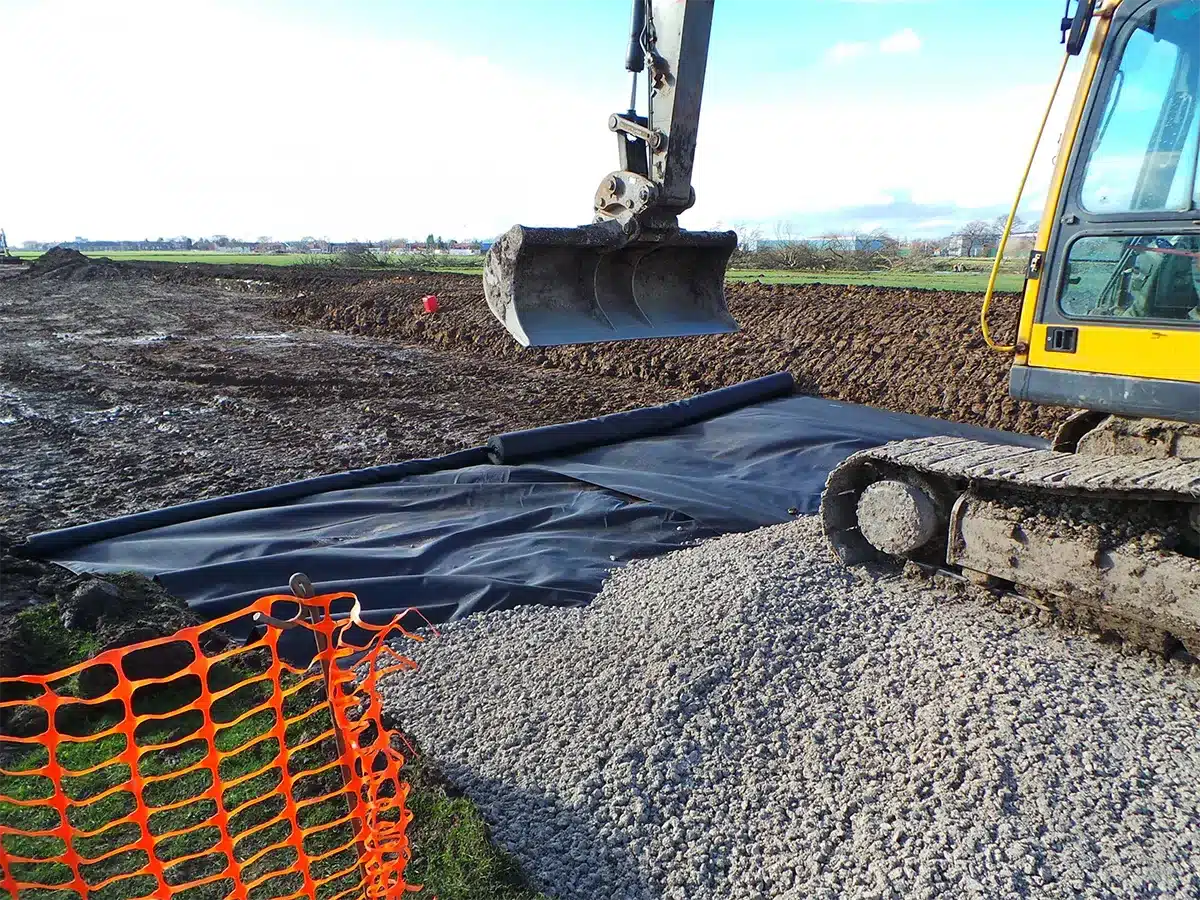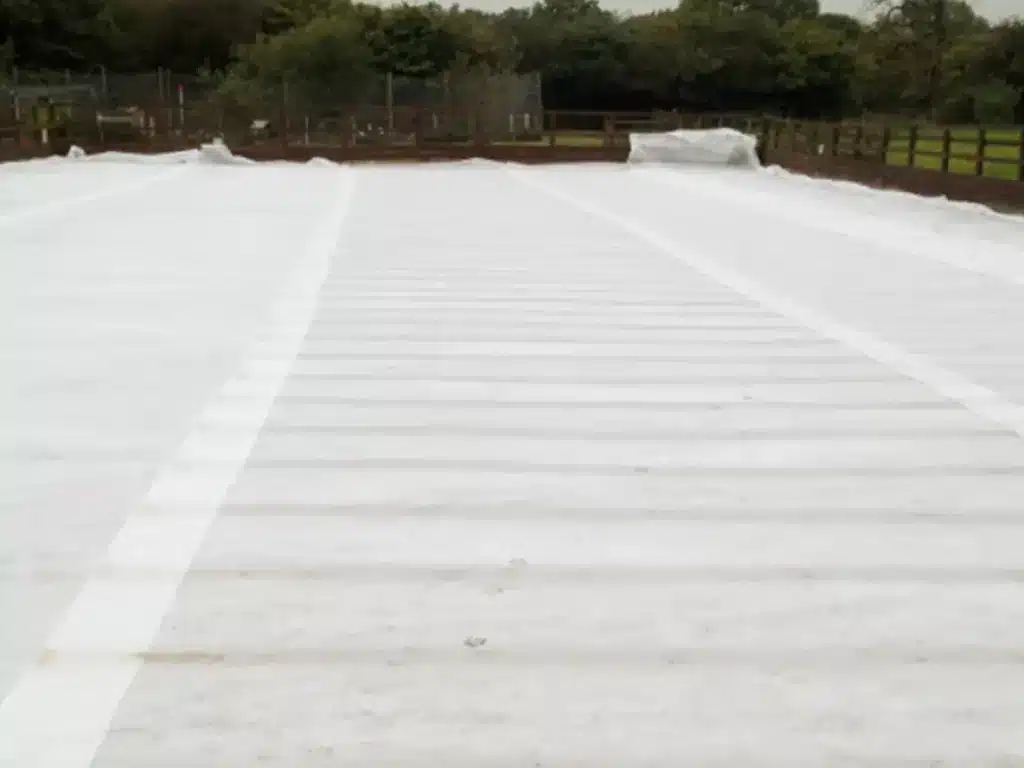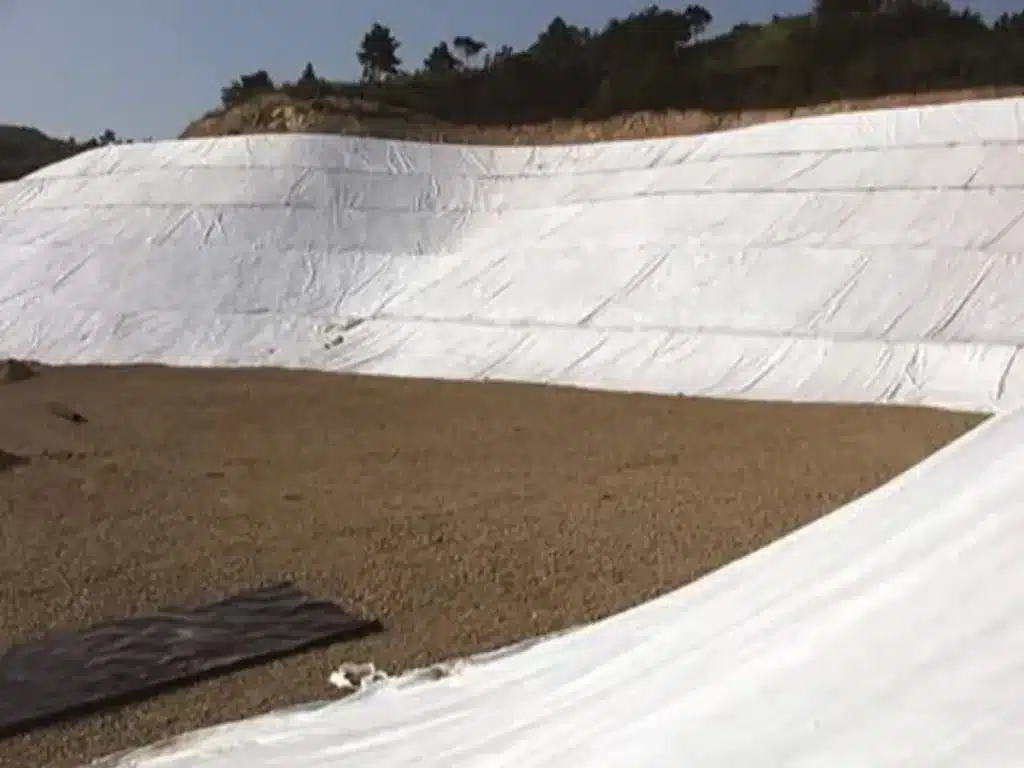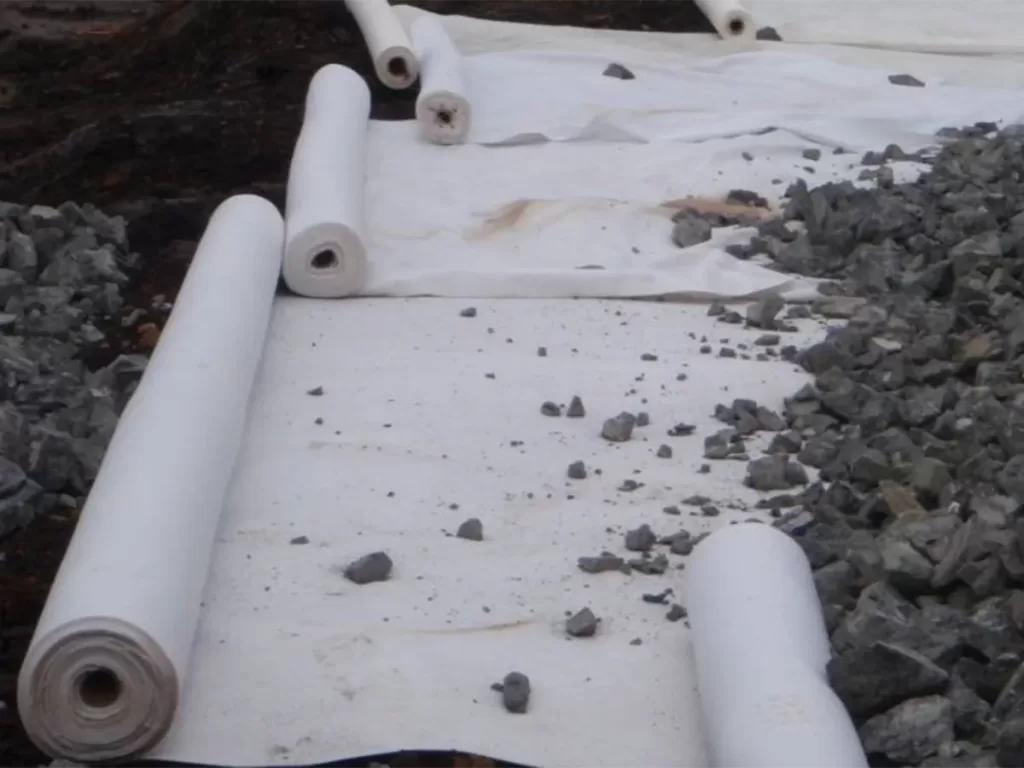+86-159 9860 6917
info@geofantex.com
geofantex@gmail.com
+86-400-8266163-44899
Landscape fabric and drainage cloth are both types of geotextiles used in landscaping and construction. They are synthetic textiles designed to allow water and air to pass through while acting as barriers. Despite their similarities, they serve distinct purposes in different applications.
Geotextiles:
Geotextiles are versatile fabrics used in landscaping, drainage systems, and various engineering projects. These synthetic materials are permeable, allowing gases and liquids to permeate through them. This permeability makes geotextiles ideal for applications where both barrier properties and fluid transfer are necessary.
While landscape fabric is primarily used as a weed barrier in gardens and planting beds, it prevents weeds from germinating by blocking light and allows air and water to pass through for plant growth.
In contrast, drainage fabric is essential in septic drain fields where it acts as a filter. Placed between layers of soil and stone, it prevents soil from clogging the drainage system while allowing water and air to flow freely. This functionality is crucial for maintaining the effectiveness of drain fields.

Other Uses of Geotextiles:
Beyond landscaping and drain fields, geotextiles play vital roles in various applications. For instance, in road construction, woven geotextiles are used to separate different layers of materials in the roadbed, enhancing stability and drainage. They also prevent erosion on slopes by holding soil in place while enabling water to seep through, thereby reducing soil water pressure.
French Drains:
A French drain is a practical solution for areas prone to water accumulation, such as yards or basements. It operates by redirecting water away from these problem areas. By installing a trench filled with gravel and a perforated pipe, water is collected and diverted, preventing dampness in basements and waterlogged spots in yards.
Installing a French Drain:
To install a French drain, dig a trench with a slight slope to guide water flow. Line the trench with landscape fabric to prevent weed growth and lay the drainage pipe with perforations facing downward. Cover the pipe with more gravel and finish with a layer of soil. This setup ensures efficient water flow while maintaining drainage performance.
Choosing the Right Pipe:
Selecting the appropriate pipe—whether rigid PVC or flexible with slits—depends on budget and installation preferences. PVC pipes are durable and effective against clogs, while flexible pipes are more economical and easier to handle during installation.
In summary, while landscape fabric and drainage fabric are both geotextiles with permeable properties, they serve distinct functions in landscaping, drainage systems, and construction. Understanding their specific applications helps in choosing the right material for effective water management and soil protection in various settings.



Get Free Sample
We’ll respond as soon as possible(within 12 hours)






















